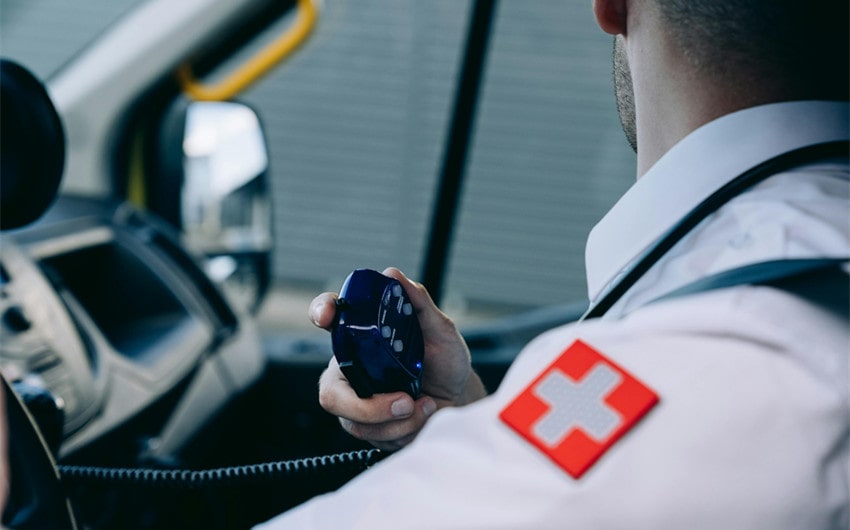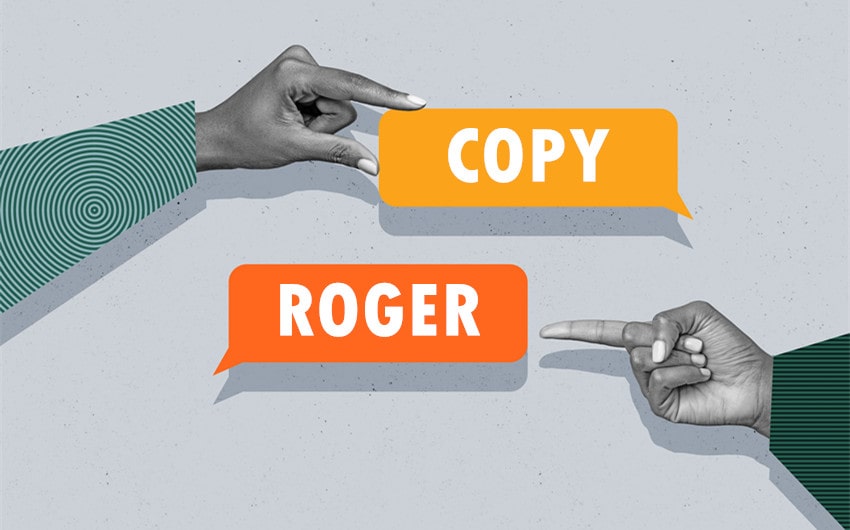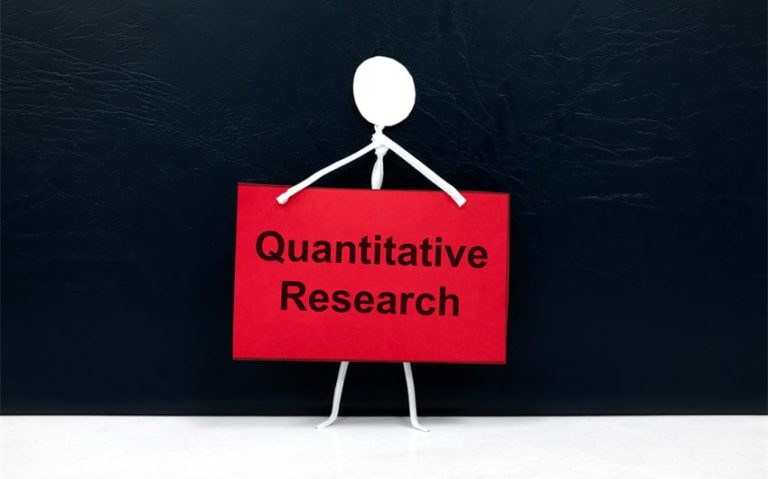3 Key Differences in Communication: Copy vs Roger Explained
Ever wondered what the difference is between “copy” and “roger” in radio chatter? These two words might sound like military jargon, but they’re actually all about quick, clear communication—something we rely on more than we realize. From action movies to real-life emergency broadcasts, hearing “copy” or “roger” might spark curiosity about their specific uses.
Knowing the distinction in this “copy vs roger” scenario helps us understand how essential communication works in critical situations, whether in aviation, the military, or even on our favorite TV shows. Let’s dive into the meanings and unique roles of each term!
Understanding “Copy” and Its Uses

“Copy” is a common term in radio communication, widely used across fields like the military, aviation, public safety, and even film. The purpose of saying “copy” is simple yet crucial: it acknowledges receipt of information, confirming that the message has been received accurately. When someone says “copy,” they’re indicating they’ve heard and understood what’s been transmitted—without necessarily agreeing or taking action on it.
Origin and Background
The term “copy” originates from early radio and telegraph communication, where operators needed a quick way to confirm that a message was successfully received.
The word “copy” was chosen because it directly implies replication—receiving an exact “copy” of the information that was sent. This usage remains essential, particularly in high-stakes environments, where clarity is key.
Examples of “Copy” in Action
- Example 1 (Military): A soldier receives new coordinates over the radio and responds, “Copy,” indicating the information was heard correctly.
- Example 2 (Aviation): Air traffic control relays weather updates to a pilot, who responds with “copy,” confirming they’ve noted the changes.
- Example 3 (Public Safety): A police officer hears the location of a reported incident over the radio and replies, “copy,” signifying they’ll proceed with the information received.
Exploring “Roger” and Its Uses

The term “roger” is a staple in radio communication, commonly used to confirm that a message has been understood and received. Unlike “copy,” which indicates that information has been heard, “roger” emphasizes comprehension of the message. When someone responds with “roger,” they’re confirming that they’ve not only received but fully understood the information provided.
Origin and Background
The use of “roger” in communication dates back to the early days of aviation radio in the 1920s and 1930s, where the term was adopted from the phonetic alphabet. At the time, “R” represented “received” to signify that a transmission was received correctly.
The word “roger” was chosen because it was easy to say and understand over noisy radio channels. Even when the phonetic alphabet was updated, “roger” remained in use due to its familiarity and clarity, especially in high-stakes communication.
Examples of “Roger” in Action
- Example 1 (Aviation): An air traffic controller instructs a pilot to descend to 10,000 feet. The pilot replies with “roger,” signaling they understand the instruction.
- Example 2 (Military): A squad leader communicates a change in formation over the radio. A soldier responds with “roger,” confirming the instruction is clear and understood.
- Example 3 (Maritime): A coast guard crew receives coordinates of a distress signal and responds “roger,” indicating they comprehend the message and are moving accordingly.
1. Key Differences Between “Copy” and “Roger”
While “copy” and “roger” are both used to acknowledge communication, they serve distinct purposes in radio language and have subtle but important differences. Knowing when to use each term can ensure clarity, prevent misunderstandings, and improve communication in critical environments. Here’s a breakdown of how “copy” and “roger” differ in intent, usage, and typical context.
Intent: Acknowledgment vs. Confirmation
“Copy”: The primary purpose of saying “copy” is to acknowledge receipt of information. When someone says “copy,” they’re indicating they’ve heard the message and have taken note of it, but they aren’t necessarily confirming understanding or readiness to act on the information. In other words, “copy” means “I’ve received your message.”
“Roger”: On the other hand, “roger” not only acknowledges the receipt of the message but also conveys an understanding of it. Saying “roger” confirms that the person has comprehended the message and is prepared to take action if necessary. Essentially, “roger” means “I understand your message.”
2. Usage in Communication Contexts
Military and Aviation: In both military and aviation settings, “copy” is used to simply acknowledge that a message was received. For example, a pilot may use “copy” when they’re recording weather data but may not be acting on it immediately. “Roger,” however, is often used in contexts where comprehension and readiness are critical—such as receiving instructions on altitude changes in aviation or mission adjustments in military operations.
Public Safety: For police, firefighters, and emergency responders, the choice between “copy” and “roger” can indicate levels of urgency and clarity. Saying “copy” can be used when there’s a need for quick acknowledgment of information received over a dispatcher call, while “roger” is reserved for scenarios where confirming comprehension is essential, especially if the instruction requires an immediate response.
3. Tone and Formality
“Copy”: “Copy” is generally more straightforward and neutral, often implying only that the speaker has noted the information. It’s useful for situations where there’s no further action required or where the responder is expected to simply take note without providing feedback.
“Roger”: “Roger” adds a layer of formality and authority to the communication. It’s used in situations where confirming comprehension is crucial, and it often implies that the speaker will proceed accordingly or act on the information provided. In high-stakes scenarios, the added clarity of “roger” helps reinforce that the message has been fully understood.







